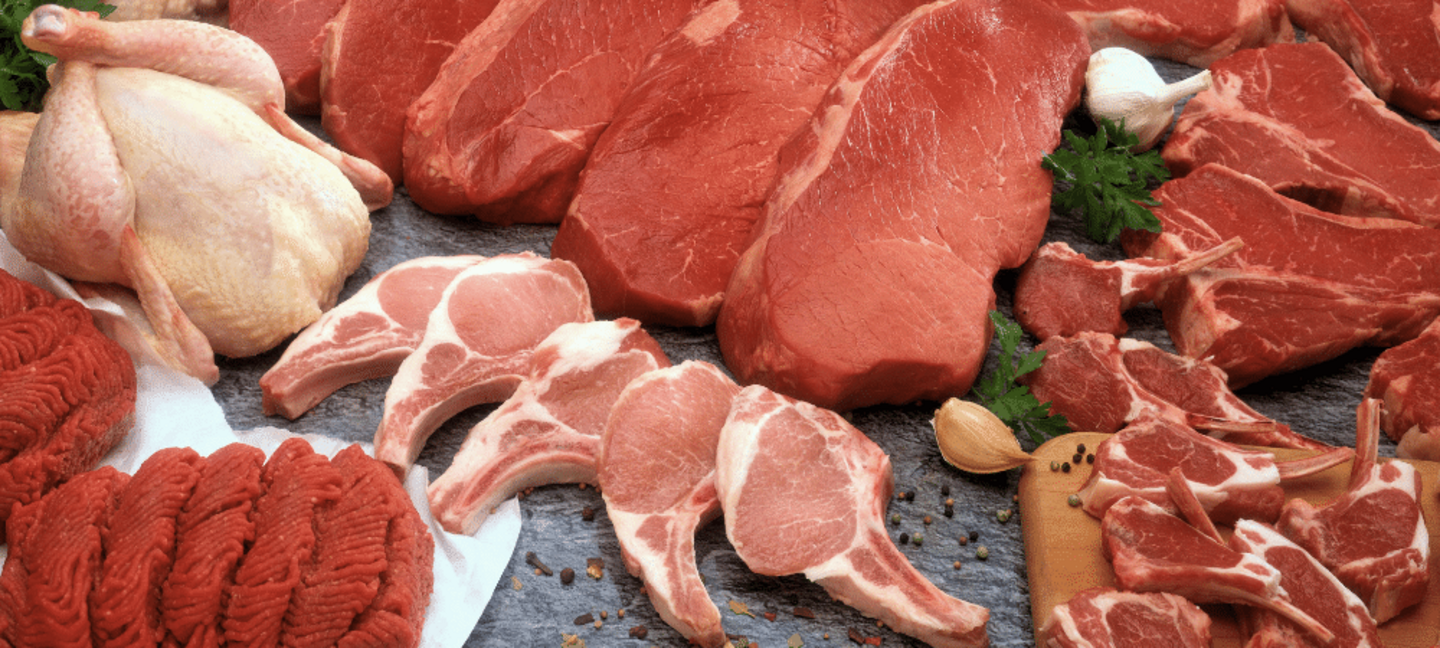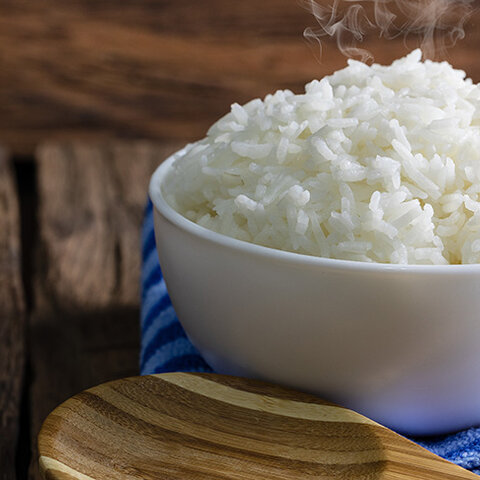
HACCP (Hazard Analysis Critical Control Point) is defined as a management system in which food safety is addressed through the analysis and control of biological, chemical, and physical hazards from raw material production, procurement and handling, to manufacturing, distribution and consumption of the finished product. The goal of HACCP is to prevent and reduce the occurrence of food safety hazards.
It is based on the application of scientific principles to food processing and production. The University of Nebraska has been providing educational programs and assistance to food processing and food production professionals since 1993.
HACCP training is for meat and poultry processors, food processors, and food service operators. UNL provides introductory HACCP workshops that are accredited by the International HACCP Alliance. For more information about upcoming HACCP trainings, contact Dr. Byron Chaves.
The Seven Principles of HACCP
HACCP is based on seven principles, which are the most important steps in writing a HACCP plan. The first two steps provide the foundation for the HACCP plan. The remaining five steps are the application steps of the HACCP plan and provide the structure for conducting the workings of the HACCP plan in the processing plant.
Principle 1: Conduct a Hazard Analysis
The application of this principle involves listing the steps in the process and identifying where significant hazards are likely to occur. The HACCP team will focus on hazards that can be prevented, eliminated or controlled by the HACCP plan. A justification for including or excluding the hazard is reported and possible control measures are identified.
Principle 2: Determine Critical Control Points (CCPs)
A critical control point (CCP) is a point, step or procedure at which control can be applied and a food safety hazard can be prevented, eliminated or reduced to acceptable levels. The HACCP team will use a CCP decision tree to help identify the critical control points in the process. A critical control point may control more that one food safety hazard or in some cases more than one CCP is needed to control a single hazard. The number of CCP's needed depends on the processing steps and the control needed to assure food safety.
Principle 3: Establish Critical Limits
A critical limit (CL) is the maximum and/or minimum value to which a biological, chemical, or physical parameter must be controlled at a CCP to prevent, eliminate, or reduce to an acceptable level the occurrence of a food safety hazard. The critical limit is usually a measure such as time, temperature, water activity (aw), pH, weight, or some other measure that is based on scientific literature and/or regulatory standards.
Principle 4: Establish Monitoring Procedures
The HACCP team will describe monitoring procedures for the measurement of the critical limit at each critical control point. Monitoring procedures should describe how the measurement will be taken, when the measurement is taken, who is responsible for the measurement and how frequently the measurement is taken during production.
Principle 5: Establish Corrective Actions
Corrective actions are the procedures that are followed when a deviation in a critical limit occurs. The HACCP team will identify the steps that will be taken to prevent potentially hazardous food from entering the food chain and the steps that are needed to correct the process. This usually includes identification of the problems and the steps taken to assure that the problem will not occur again.
Principle 6: Establish Verification Procedures
Those activities, other than monitoring, that determine the validity of the HACCP plan and that the system is operating according to the plan. The HACCP team may identify activities such as auditing of CCP's, record review, prior shipment review, instrument calibration and product testing as part of the verification activities.
Principle 7: Establish Record-keeping and Documentation Procedures
A key component of the HACCP plan is recording information that can be used to prove that the food was produced safely. The records also need to include information about the HACCP plan. Record should include information on the HACCP Team, product description, flow diagrams, the hazard analysis, the CCP's identified, Critical Limits, Monitoring System, Corrective Actions, Recordkeeping Procedures, and Verification Procedures.
Source:
- Guidebook for the Preparation of HACCP Plans, U.S. Department of Agriculture (USDA)
- Hazard Analysis Critical Control Point, Food and Drug Administration (FDA)
- HACCP Principles & Application Guidelines, Food and Drug Administration (FDA)
Tags:



